Ethernet Switch vs Router: Things A Lot of People Don’t Know
Table of content
Introduction:
There are so many things that people don’t know about their fields. And it happens even when they have spent considerable time in that particular industry. Is it something that makes you less of a dedicated person? Never, but having knowledge of these things makes you stand out of the crowd. Therefore, this article sheds light on ‘Ethernet Switch vs Router’ to let you know about things people around you may not care about. But you should know. We will delve deep into Ethernet switches, routers, and everything that falls under their category to capture a complete picture of the scenario. So, let’s move ahead with us!
Ethernet Switch vs Router: A Bird’s Eye View?
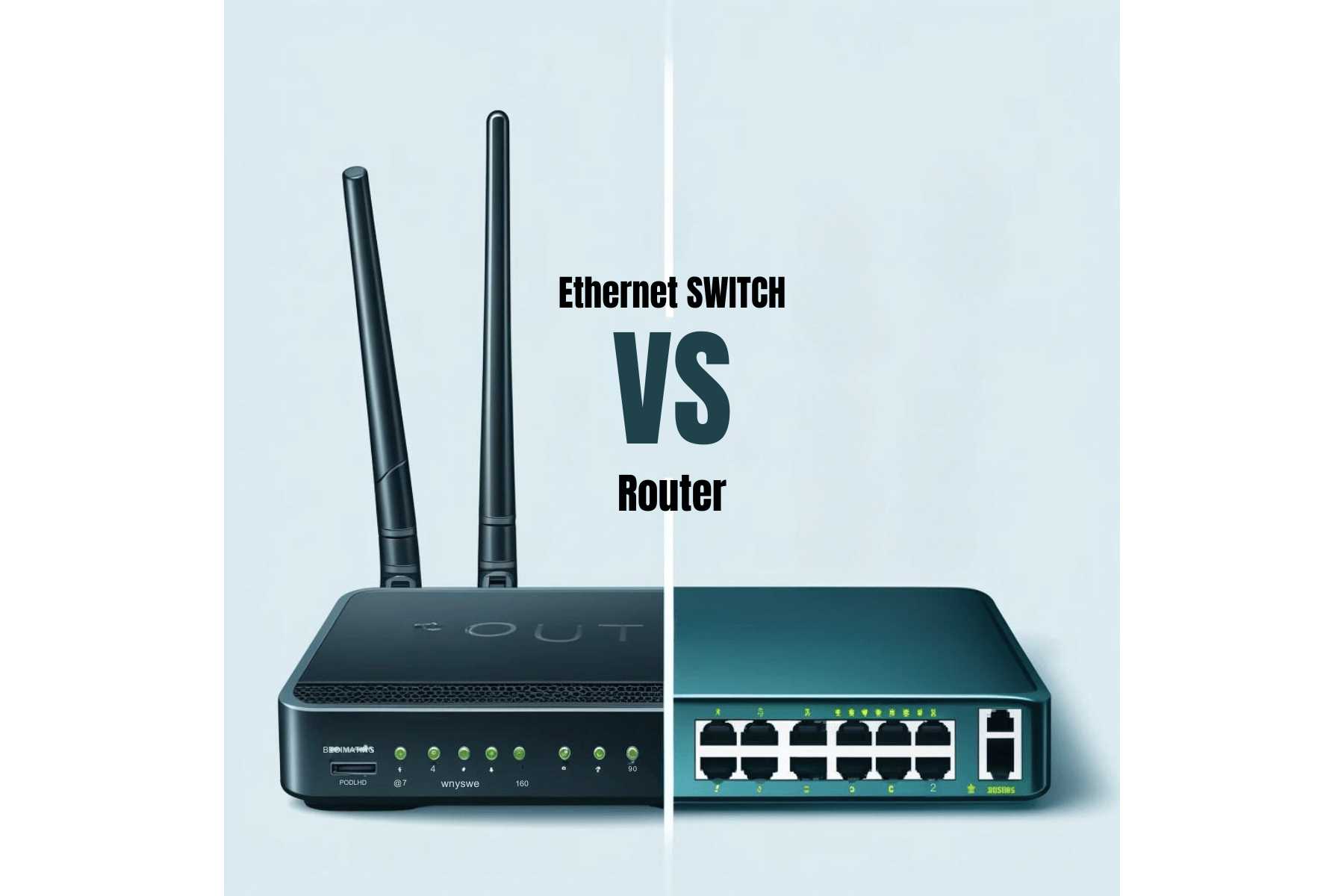
Ethernet switches and routers are considered the backbone of any networking environment. Whether it is a small business or a large enterprise, without considering an Ethernet switch or a router, you cannot set up a network.
An ethernet switch, also known as a network switch, connects cabled devices such as computers, printers, servers, and more. It enables communication among these devices to let them share information and data.
A router, in the same way, connects different network switches together to further expand the existing network. Both these devices do the same work but in different ways to facilitate a seamless network ecosystem.
Ethernet Switch vs Router At Their Core:

Despite having some general similarities, there are some critical distinctions between an Ethernet switch and a router. So, when you are looking forward to upgrading your network infrastructure, you need to consider some specifications of an Ethernet switch and a router. Both these networking devices are available in a diverse variety. You need to consider the transmission rate, security standards, switching capabilities, and other features to choose according to your requirements.
You have landed on the right point, luckily. Here is what you need to know about Ethernet switches vs. router.
05 Specs of A Router To Make Your Network Unstoppable:
MIMO and MU-MIMO
MIMO (Multiple Input, Multiple Output) technology enables various network users to access the same network at the same time. Additionally, this particular spec increases the transmitting/receiving capability of your router rather than relying on unnecessary antennas.
WiFi Standards
Today, two WiFi standards, 802.11ac (WiFi 5) and 802.11ax (WiFi 6 vs 6E) are used at a large scale to foster a network. Therefore, always look for the advanced WiFi standards when choosing a router.
Number of Ports
How many devices do you need to connect? It will make your network even faster. So, don’t forget to keep an eye on the number of ports when you are making a purchase for a WiFi router.
WiFi Security
What makes your router a life-saver for your network infrastructure is WEP, WPA, and WPA2. These three are WiFi-protected access protocols. These protocols safeguard your sensitive data and restrict any third parties and hackers from accessing it.
Frequency Channels
Frequency channels in WiFi routers include single, dual, and tri-band; the single band operates on the crowded 2.4GHz band, the dual-band supports both 2.4GHz and 5GHz, and the tri-band adds a third 5.8GHz band, enhancing data transmission but with a limited range through obstacles.
05 Specs of An Ethernet Switch You Should Know:
Switching Capacity:
The fastest rate at which an Ethernet switch can simultaneously move data is known as switching capacity. A few switches, such as the RUCKUS ICX 7150-C12P, can switch data at up to 68 Gbps. You have to opt for the one that caters to your requirements.
Port Density and Types:
The number and type of ports that Ethernet switches provide vary; some include 1 Gigabit Ethernet (GbE) RJ45 port, 10 GbE SFP+ ports, and fiber connection choices. However, a standard setup can have a few 10 GbE SFP+ ports in addition to several 1 GbE ports for faster connectivity.
Power over Ethernet (PoE):
A number of network and Ethernet switches support PoE. It enables them to supply power through an Ethernet to the destined devices. PoE can vary in capabilities; with more recent standards like 802.3bt, some switches can offer up to 90 watts per port.
Stacking Capability:
Stacking capability enhances network capacity and streamlines management by interconnecting and operating several as a single entity. Certain switches support stacking with a maximum stack bandwidth of 240 Gbps or an aggregate bandwidth of several hundred Gbps.
Layer 3 Features:
Layer 3 features, including routing functions like Static Routing, RIP, and OSPF, are available on advanced switches. This makes it possible to create more intricate network designs and route traffic across subnets more effectively.
Ethernet Switch vs Router: What is The Main Difference?
We know you don’t have enough time. Therefore, we are putting some bullet points here to learn the key differences between a router and an Ethernet switch:
- Routers connect multiple networks; switches connect devices within one network.
- Routers work at the Network Layer; switches work at the Data Link Layer.
- Routers are used in WAN and LAN, as well as in MANs; switches are used only in LANs.
- Routers can be adaptive or non-adaptive; switches can be circuit, packet, or message switching.
- Routers handle data in packets; switches handle data in packets and frames.
- Both routers and switches use duplex transmission modes.
- Routers have fewer collisions; switches, especially full-duplex ones, have no collisions.
- Routers are compatible with NAT; switches are not.
- Switches are used to connect endpoints like computers and printers within a network.
- Routers make decisions based on IP addresses for routing data to intended IP networks.
Ethernet Switches vs Router-Pros and Cons:
| Device | Advantages | Disadvantages |
|
Router |
Utilizes alternative routes if main route fails | Utilizes alternative routes if main route fails |
| Utilizes alternative routes if main route fails | Shared network may lower speed | |
| Ethernet or Network Switch | Reduces the number of broadcast domains | Less effective at limiting broadcasts compared to routers |
| Supports VLANs for logical port segmentation | Communication between VLANs requires routing, though mitigated by multilayer switches | |
| Uses CAM table for efficient Port to MAC mapping | Handling multicast packets needs significant configuration and proper network design |
Ethernet Switch vs Router. Common Use Cases:
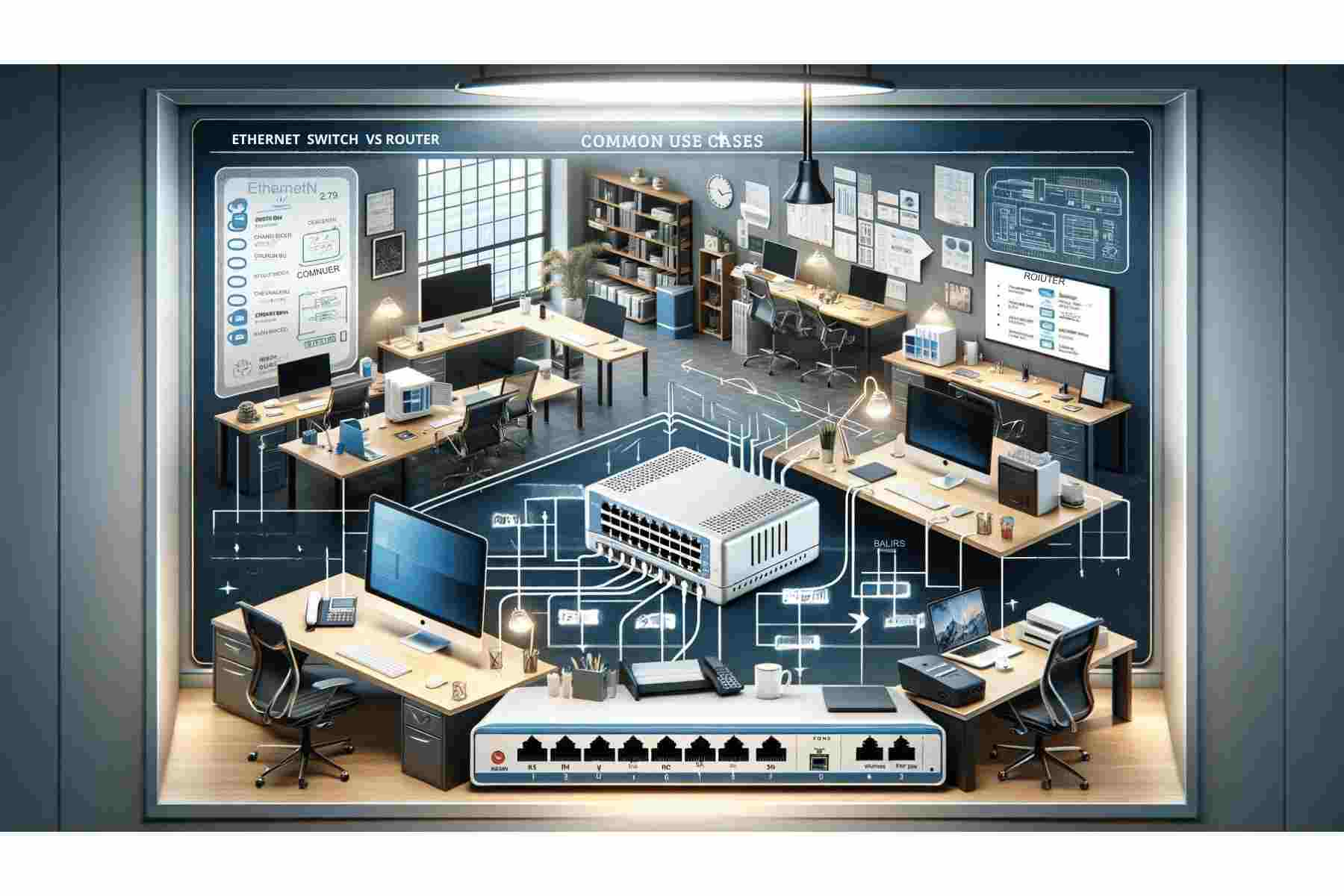
Common Uses of Ethernet Switches:
The most common applications of a network include small offices, homes, and campuses. Besides, medium- to large-size LANs employ managed switches. It connects multiple devices like computers, servers, and printers.
Common Use of Routers:
In any networking scenario where there is a need to expand a network by connecting different switches, routers come into play. Additionally, it allows users to split a single network connection into various devices and enables communication among them.
Conclusion:
Although it’s a cliché to ask, ‘What is a router?’ or ‘What is an Ethernet switch?’, there is still so much information undiscovered. In the present article, we dived into a rush of authentic platforms and provided you with core updates on ‘Ethernet Switch vs Router.’ Now, it will be appreciated if you share your concern regarding networking with us. We are always ready to serve. Good luck!
Frequently Asked Questions:
Can I use an Ethernet switch as a router?
Although their working principles are different, you can still use a switch to create a Local Area Network. The only additional requirement is further configuration.
Ethernet Switch vs Router, which one do I need?
Both of these devices perform different actions, as discussed in the article. So, you need to determine your needs when choosing between an Ethernet Switch vs Router. A router can be a choice for you if you need an expanded network, as in a large enterprise, whereas a switch is a pretty good choice for small businesses and homes.
Which one is faster Ethernet switch or router?
As routers and switches both work in different environments, their speed is measured according to the scenario. For example, a router is faster in speed in WAN and MAN. On the other hand, switches are faster when it comes to Local Area Networks.
What is the cost difference between Ethernet Switch vs Router?
Their cost depends on the vendor and manufacturer you are buying from. Besides, their prices can vary according to the brands, specifications, and models.




 Catalog
Catalog

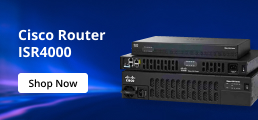









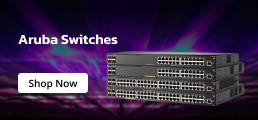

































































































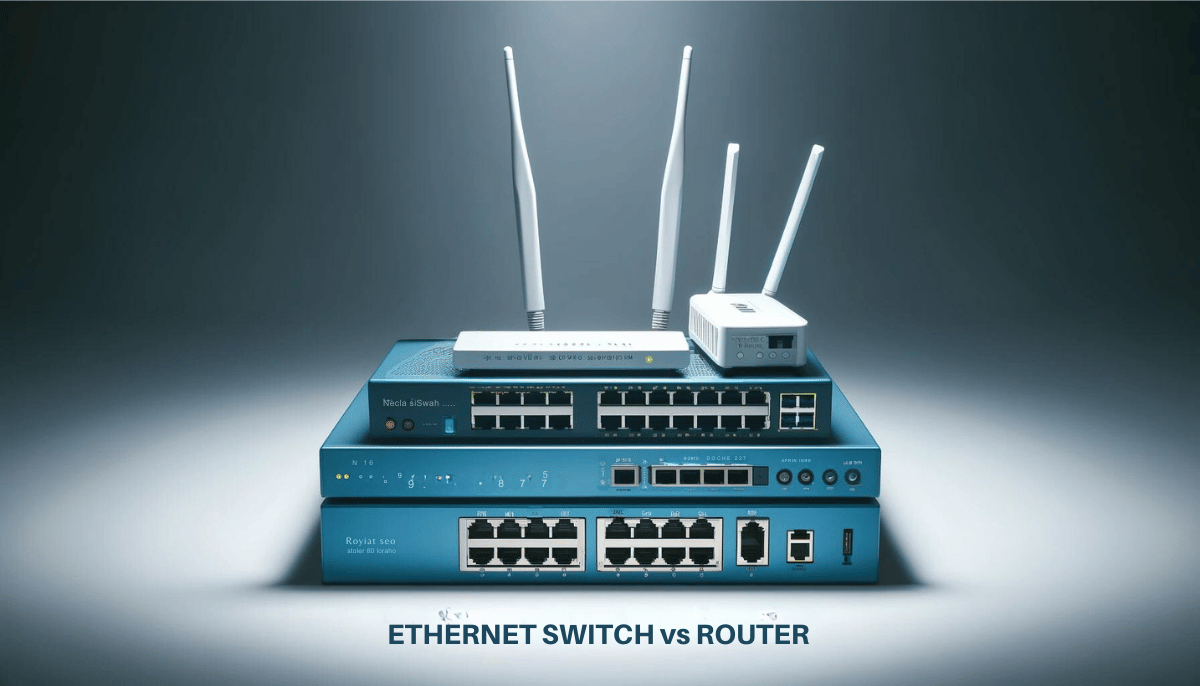
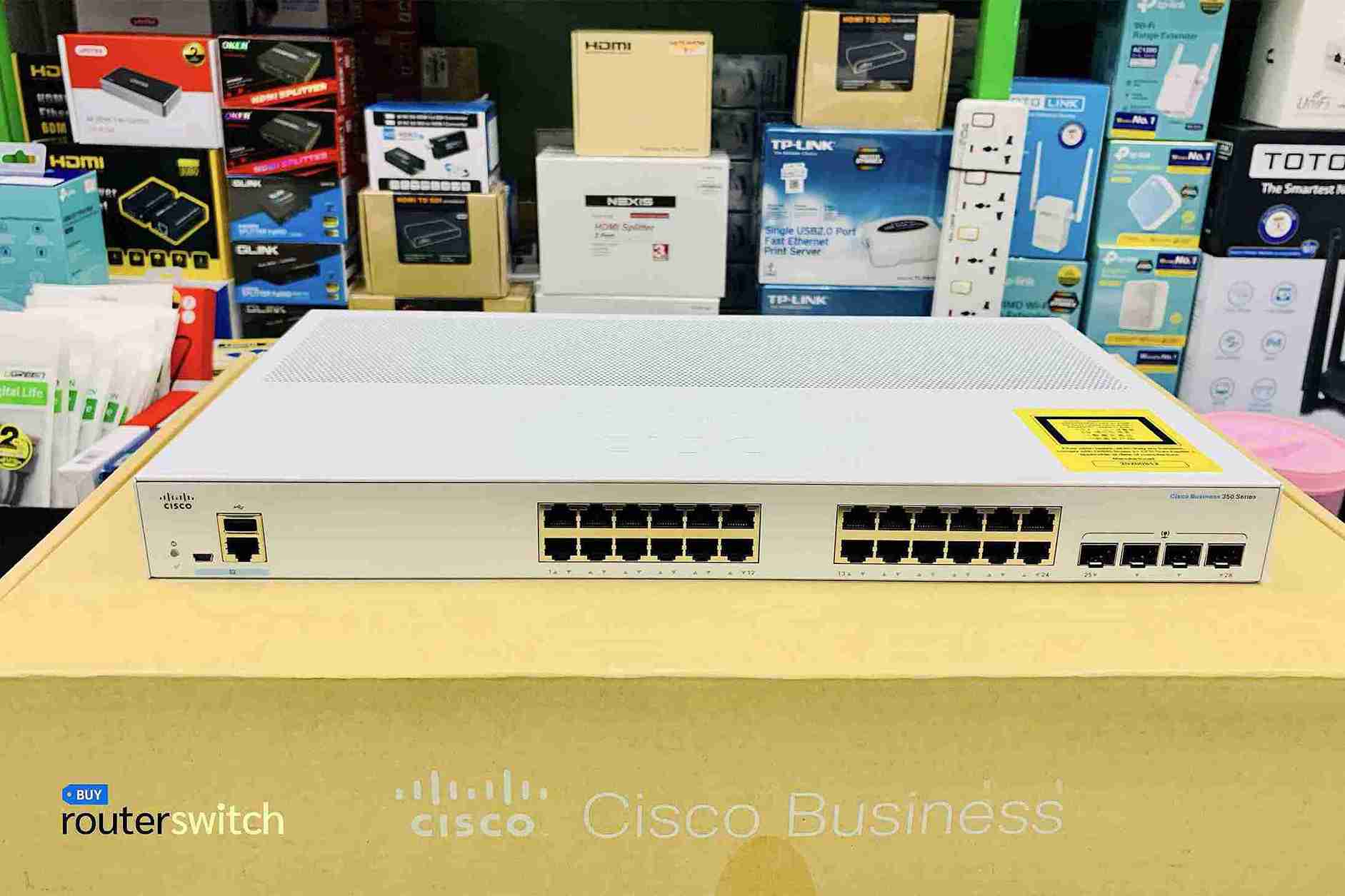
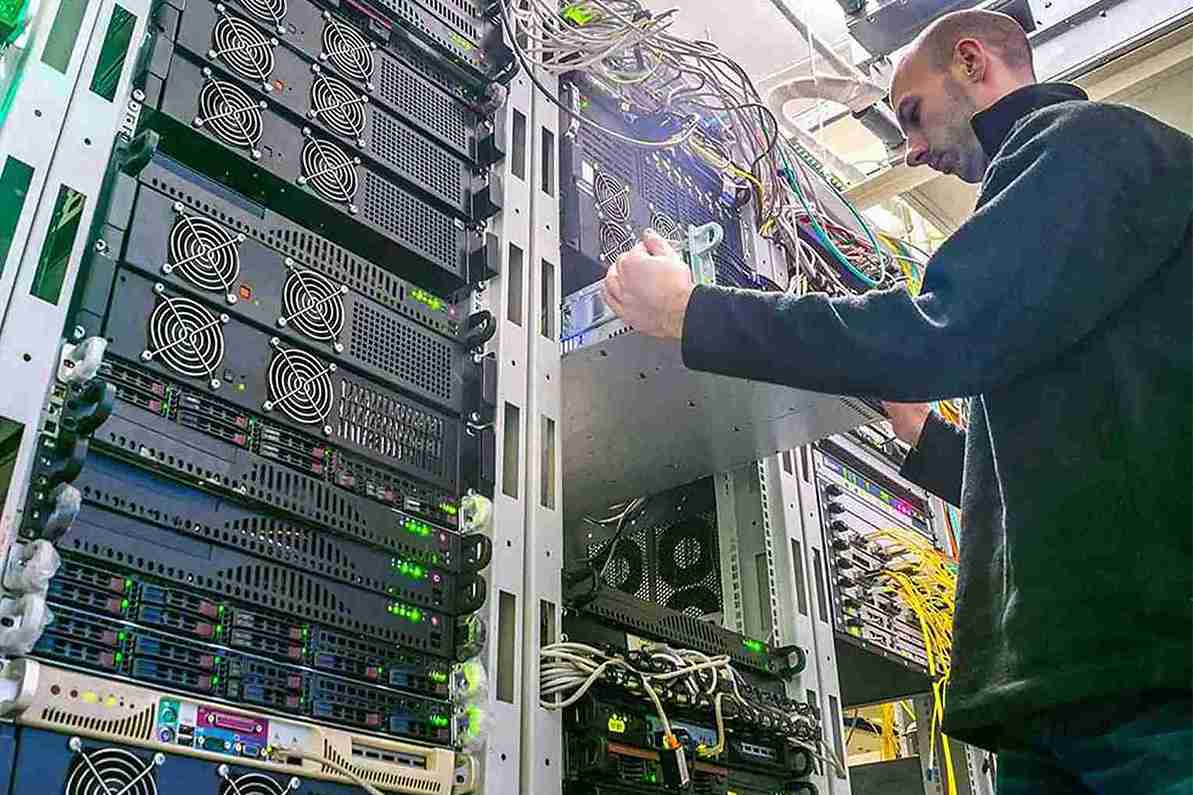
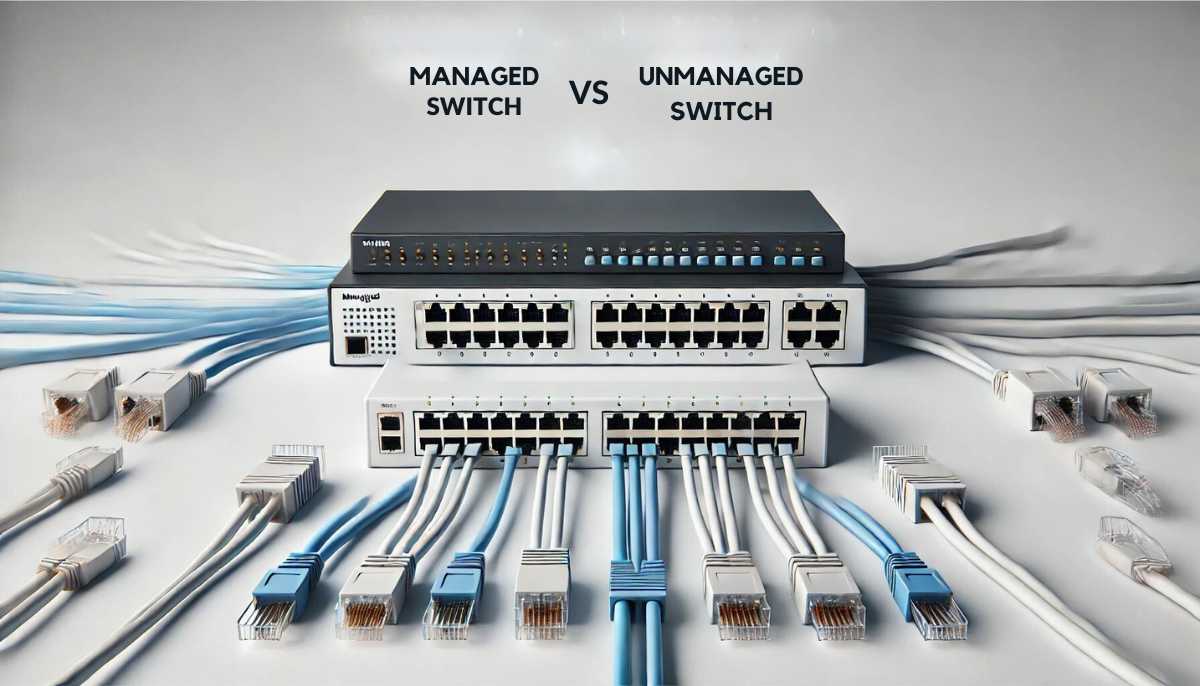




 (800) 870-9487
(800) 870-9487